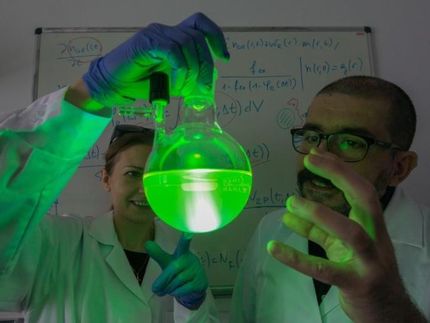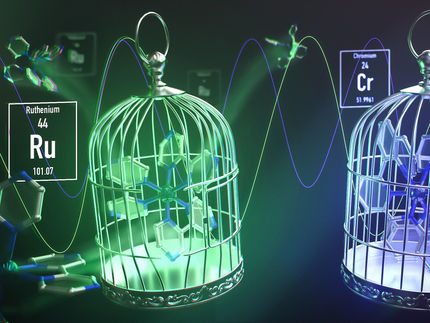Making stable molecules reactive with light
Modulating the photocyclization reactivity of diarylethenes through changes in the excited-state aromaticity of the π-linker
Researchers at Linköping University have used computer simulations to show that stable aromatic molecules can become reactive after absorbing light. The results, published in the Journal of Organic Chemistry, may have long-term applications in such areas as the storage of solar energy, pharmacology, and molecular machines.

Bo Durbeej, professor of computational physics at Linköping University.
Thor Balkhed/Linköping University
“Everyone knows that petrol smells nice. This is because it contains the aromatic molecule benzene. And aromatic molecules don’t just smell nice: they have many useful chemical properties. Our discovery means that we can add more properties”, says Bo Durbeej, professor of computational physics at Linköping University.
In normal organic chemistry, heat can be used to start reactions. However, an aromatic molecule is a stable hydrocarbon, and it is difficult to initiate reactions between such molecules and others simply by heating. This is because the molecule is already in an optimal energy state. In contrast, a reaction in which an aromatic molecule is formed takes place extremely readily.
Researchers at Linköping University have now used computer simulations to show that it is possible to activate aromatic molecules using light. Reactions of this type are known as photochemical reactions.
“It is possible to add more energy using light than using heat. In this case, light can help an aromatic molecule to become antiaromatic, and thus highly reactive. This is a new way to control photochemical reactions using the aromaticity of the molecules”, says Bo Durbeej.
The result was important enough to be highlighted on the cover of the Journal of Organic Chemistry when it was published. In the long term, it has possible applications in many areas. Bo Durbeej’s research group focuses on applications in the storage of solar energy, but he sees potential also in molecular machines, molecular synthesis, and photopharmacology. In the latter application, it may be possible to use light to selectively activate drugs with aromatic groups at a location in the body where the pharmacological effect is wanted.
“In some cases, it’s not possible to supply heat without harming surrounding structures, such as body tissue. It should, however, be possible to supply light”, says Bo Durbeej.
The researchers tested the hypothesis that it was the loss of aromaticity that led to the increased reactivity by examining the opposite relationship in the simulations. In this case, they started with an antiaromatic unstable molecule and simulated it being subject to light irradiation. This led to the formation of an aromatic compound, and the researchers saw, as expected, that the reactivity was lost.
“Our discovery extends the concept of ‘aromaticity’, and we have shown that we can use this concept in organic photochemistry”, says Bo Durbeej.
Original publication
Other news from the department science

Get the chemical industry in your inbox
By submitting this form you agree that LUMITOS AG will send you the newsletter(s) selected above by email. Your data will not be passed on to third parties. Your data will be stored and processed in accordance with our data protection regulations. LUMITOS may contact you by email for the purpose of advertising or market and opinion surveys. You can revoke your consent at any time without giving reasons to LUMITOS AG, Ernst-Augustin-Str. 2, 12489 Berlin, Germany or by e-mail at revoke@lumitos.com with effect for the future. In addition, each email contains a link to unsubscribe from the corresponding newsletter.




























































